In modern oral care technology, safety features such as overheating alerts are designed to protect both users and devices. Yet in some cases, repeated overheating incidents can have unexpected consequences, including accelerated root exposure. This blog unpacks how thermal stress can damage gum tissue and compromise long-term dental health—an issue manufacturers must not overlook.
Overheating alerts are built-in safety mechanisms that detect excessive motor temperatures or circuit heat. They serve to:
However, frequent activation of these alerts signals that internal heat levels exceed design thresholds. When devices run hot during prolonged use, the thermal load can radiate to the brush head or irrigator tip, transferring heat to delicate gum surfaces.
When a device’s contact surfaces repeatedly overheat, several physiological responses occur:
Thus, even if an overheating alert temporarily protects hardware, it does not reverse thermal damage already inflicted on oral tissues. Company web:https://www.powsmart.com/product/electric-toothbrush/
Certain warning signs suggest your device models are prone to overheating-related gum damage:
If any of these are reported, proactive design improvements are essential to avoid liability and preserve brand reputation.
While overheating alerts are necessary, they also impact perceived product safety. Consumers expect oral care devices to be gentle on gums and enamel. Repeated alerts can:
If left unaddressed, the combination of root exposure and frequent heat warnings undermines customer confidence.
Manufacturers can implement several measures to mitigate these risks:
Together, these design improvements reduce thermal strain on gum tissue and maintain safe performance standards.
Addressing the link between overheating alerts and root exposure is not just about compliance—it is an opportunity to demonstrate commitment to user safety. Brands that invest in transparent testing and robust heat management can position their products as premium, health-protective solutions in a crowded market.
Ultimately, root exposure caused by thermal damage is an underrecognized risk in oral care device manufacturing. Repeated overheating alerts are a symptom of deeper design challenges that require immediate action. By prioritizing engineering improvements, manufacturers can deliver safer products that protect both oral health and long-term customer loyalty. Contact us
.jpg)
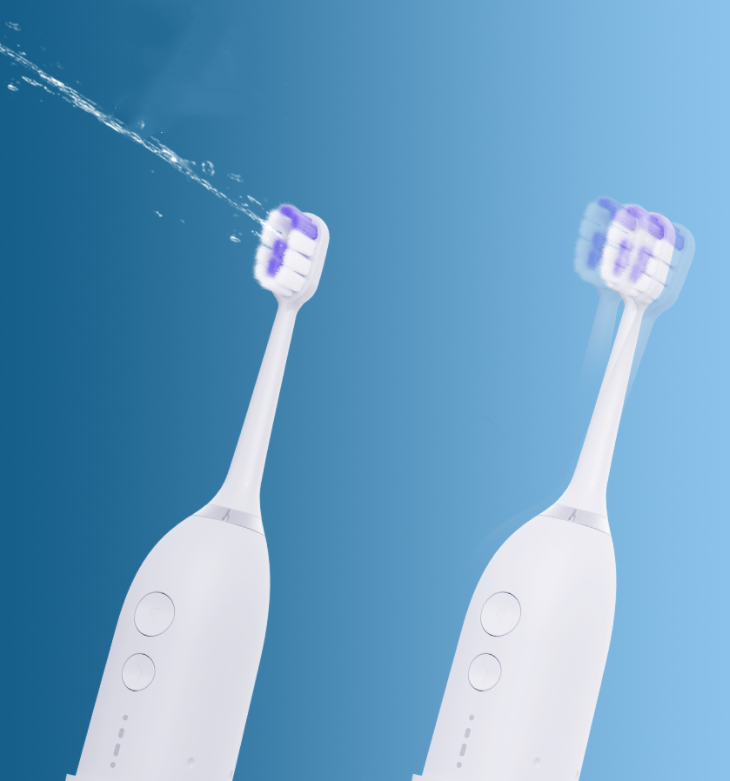

Premium Sonic Toothbrush Wholesale | Professional Quality for Global Brands
-3-scaled-1.jpg)
Carbamide Peroxide vs Hydrogen Peroxide: Choosing the Right OEM Whitening Formula
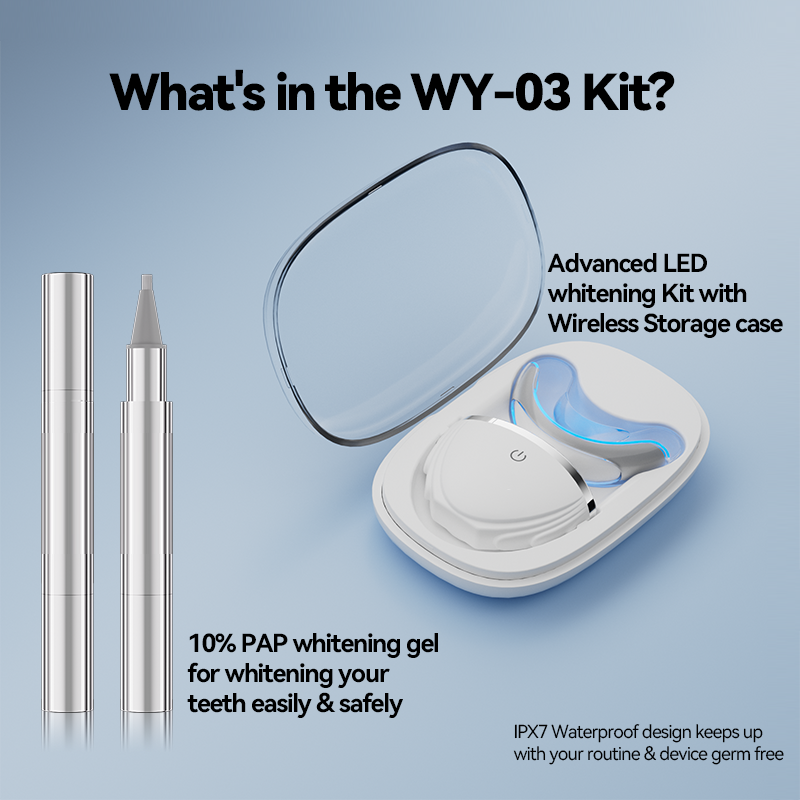
What Gives Some Teeth Whitening Devices Competitive advantage?
Nerve Sensitivity from Inconsistent Spray – What’s Causing the Irritation?
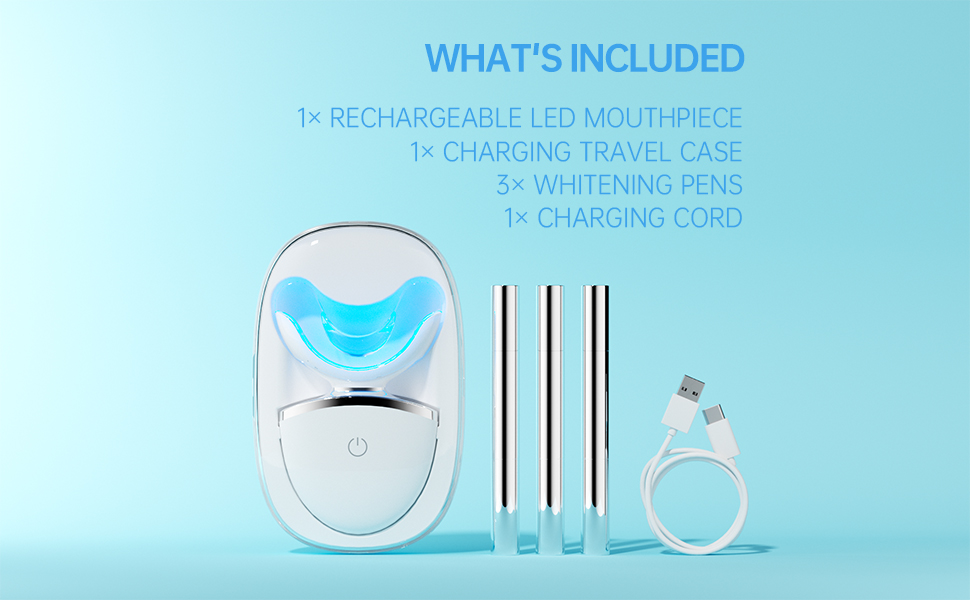
How Do Salons Do the Whitening Teeth Products Business? An OEM Supplier’s Insight
Allergy Outbreaks after Brush Discoloration – Coincidence or Warning Sign?
Gasket Mold Plus Bacterial Regrowth – Health Hazard?
.jpg)
Electric Toothbrush Cleaning Performance: The Differences Among Different Electric Toothbrush Factories

Enamel-Safe Whitening: OEM Products That Brighten Smiles Without Harm
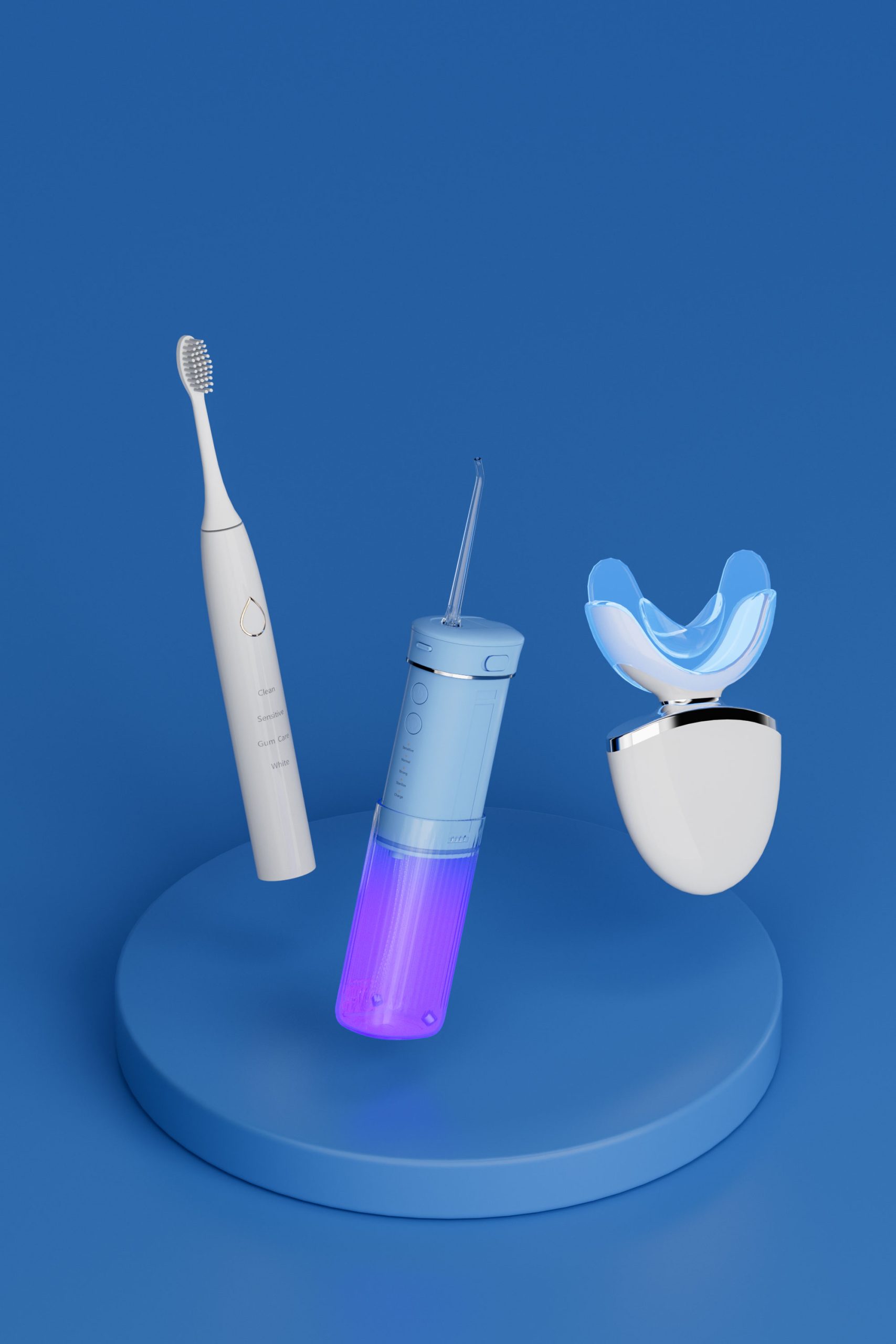
Creating the Ultimate Oral Care Combo: Keys to the Best Toothbrush Water Flosser Design
Electric Toothbrush for Corporate Gifting | Premium Custom Gift Sets by Powsmart
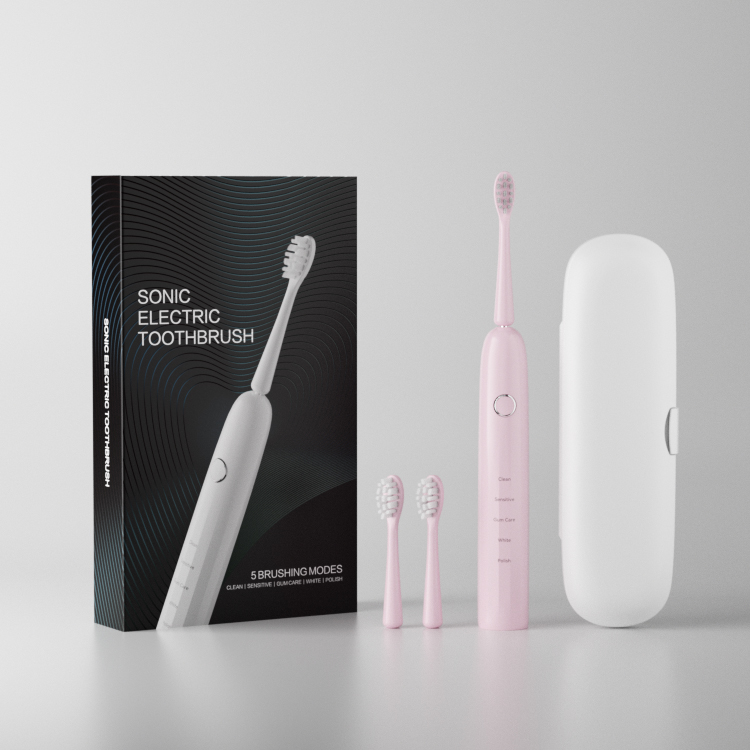
Seeking a Toothbrush for Dental Clinics Produced by an ISO13485 Electric Toothbrush Factory?
.webp)
Why Integrate an Electric Toothbrush PCBA Solution with a Wireless Charging Toothbrush OEM for Seamless Production?
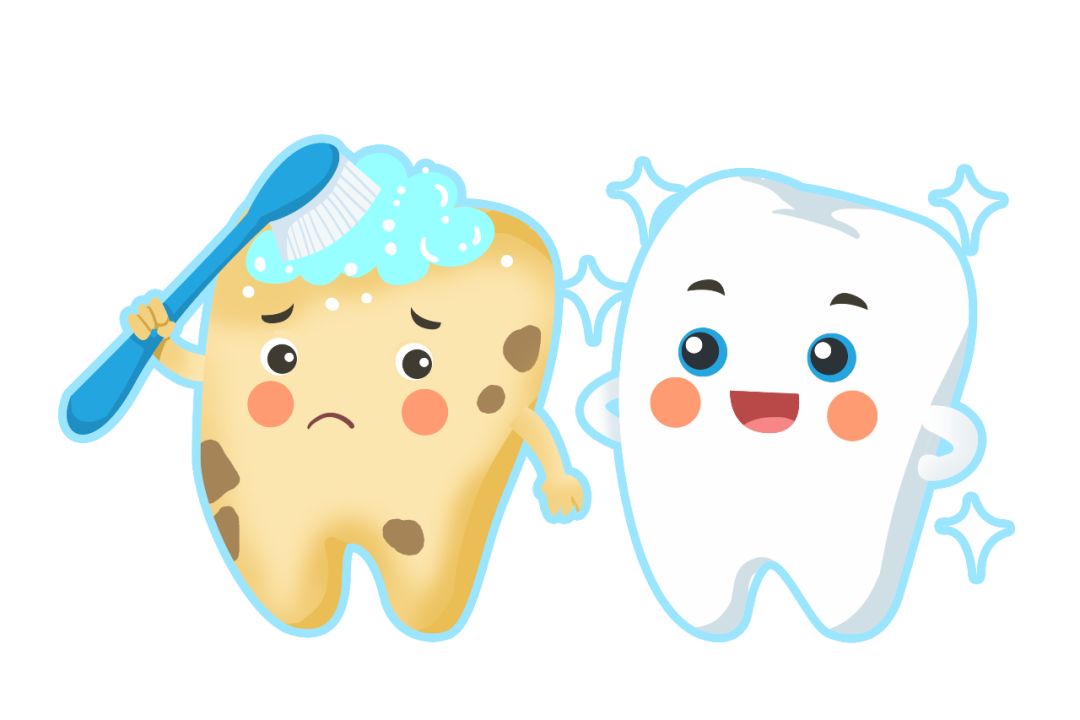
How Changing Consumer Attitudes Are Shaping Oral Care Products Demand
.jpg)
Why Choose an Orthodontic Water Flosser Featuring Multi-pressure Setting Flosser Capabilities?
Mode Glitches During Calibration Drift – What’s Really Happening?

electric toothbrush heads Regular Clean

Electric toothbrush heads Charcoal Infused-Diamond

electric toothbrush heads Charcoal Infuse-Round
.jpg)
Florida Electric Toothbrush – Powsmart PTR-C8

Customization Teeth Whitening Gel

electric toothbrush heads Ultra Soft

electric toothbrush heads Deep Clean

Private Label Whitening Gel
whstapp
whstapp
National Toll-Free Service Hotline
+86 755 86238638